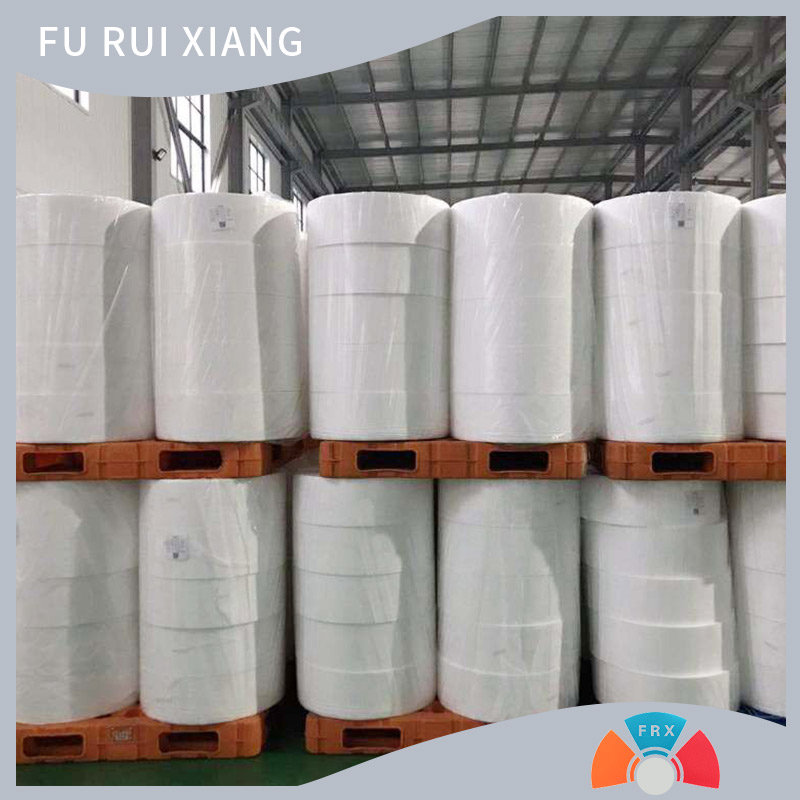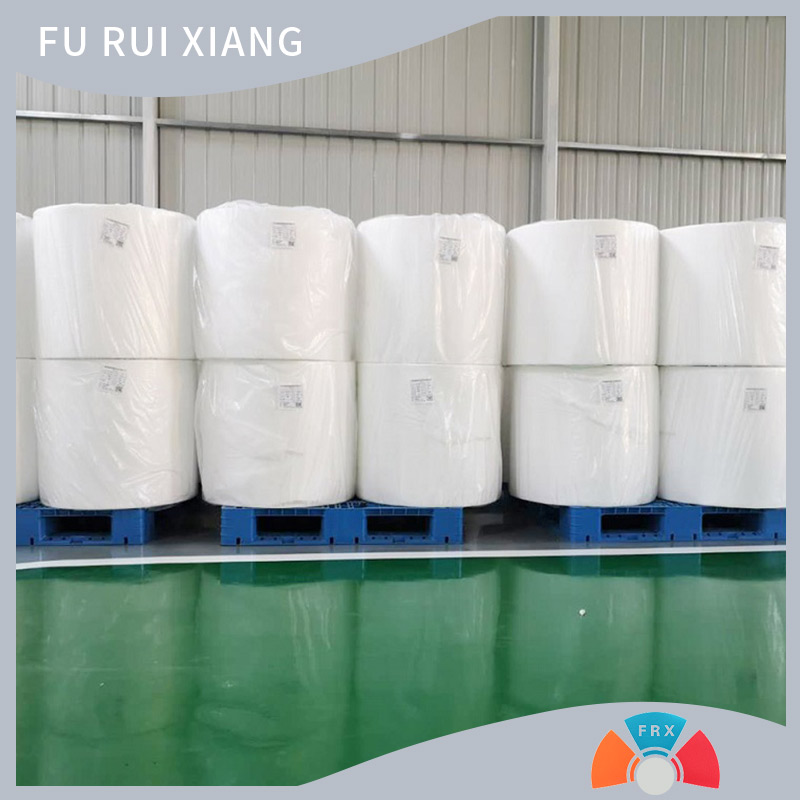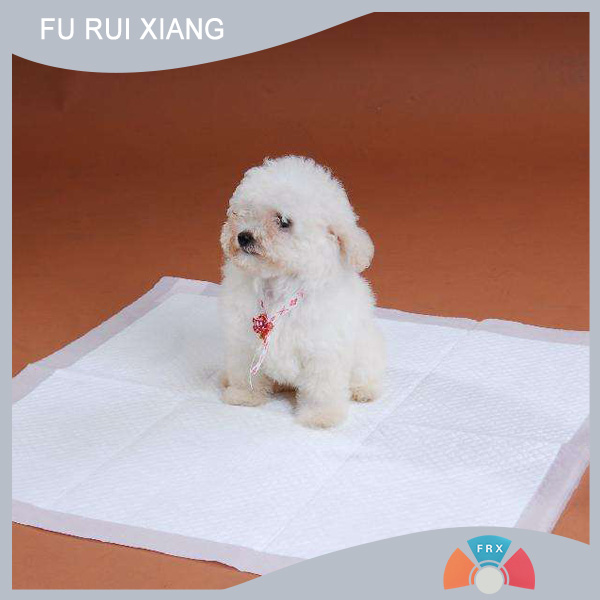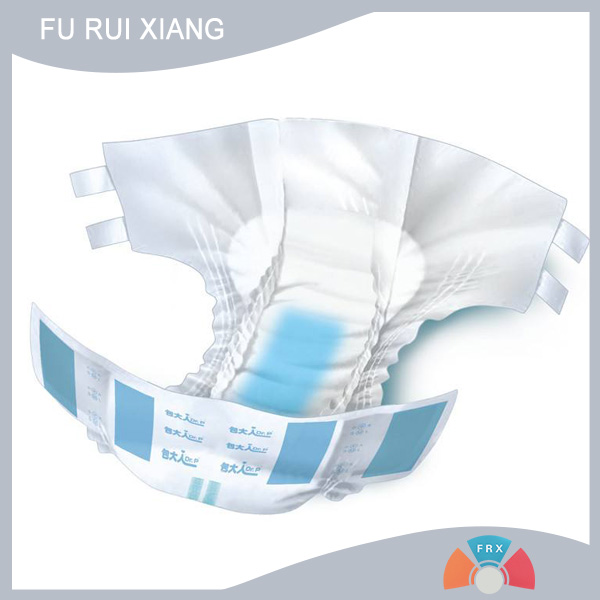Promote the green and low-carbon development of the textile industry!
Optimize the industrial structure, accelerate the withdrawal of backward production capacity, vigorously develop strategic emerging industries, and accelerate the green and low-carbon transformation of traditional industries.
Promote low-carbon industrial energy consumption, promote clean and efficient use of fossil energy, increase the proportion of renewable energy applications, strengthen power demand-side management, and improve the level of industrial electrification.
Deeply implement green manufacturing projects, vigorously promote green design, improve the green manufacturing system, and build green factories and green industrial parks.
Promote the integrated development of digital, intelligent, and green in the industrial field, and strengthen technological transformation in key industries and fields.
Mr. Bi Huichuan has extensive experience in the production of polypropylene spunbond non-woven fabrics. In April 1996, he established Qingdao Jufuxiang Plastic Industry Co., Ltd. (the predecessor of Qingdao Furuixiang Plastic Technology Co., Ltd.), dedicated to production, research and development. SMS, SS, S polypropylene spunbond non-woven fabrics.
- A detailed introduction to Weicai non-woven fabric!
- The development trend of the textile fabric industry!
- Qingdao Furuixiang Plastic Technology Co., LTD. Furniture Non-woven Fabric: A practical decorative material suitable for
- Qingdao Furuixiang Plastic Technology Co., LTD. Spunbond Nonwoven Fabric: The mainstream molded category in nonwoven fab
- Green and low-carbon, the textile industry is accelerating its "breakthrough"!
- Furniture non-woven fabric: A furniture auxiliary material that combines practicality and aesthetics!
- The export situation of China's textile and garment industry in the first half of the year!
- Qingdao Furuixiang Plastic Technology Co., LTD. Spunbond Nonwoven Fabric: A high-efficiency formed nonwoven fabric categ
- Spunbond nonwoven fabric: A high-efficiency formed nonwoven fabric category!
- Raw materials, properties of medical non-woven fabrics, and differences from ordinary non-woven fabrics!










